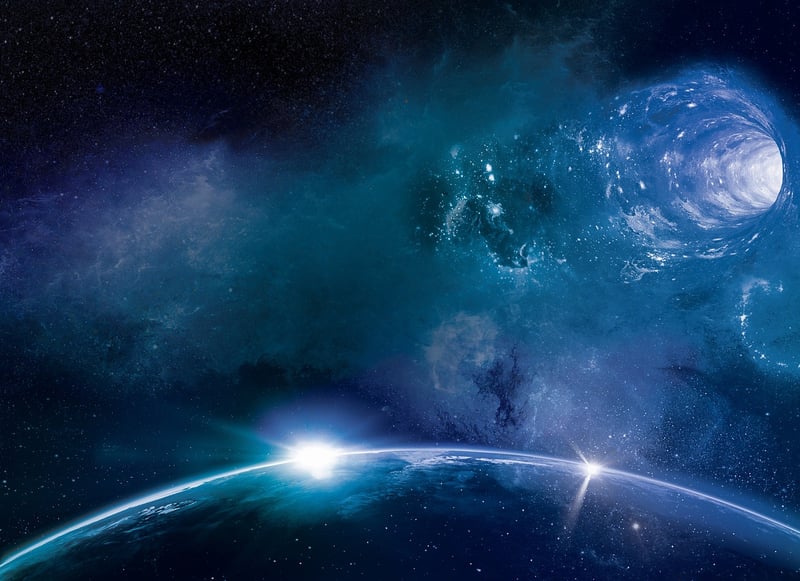Wormhole Travel
Exploring Time Travel and Wormhole Travel: A Look into Fascinating Mechanisms
Time travel and wormhole travel have captured the imagination of science fiction enthusiasts for decades. While these concepts have often seemed like mere fantasy, scientists and researchers have delved into the realm of theoretical physics to understand the potential mechanisms behind these intriguing phenomena.
Time Travel Mechanisms
Time travel, the idea of moving between different points in time, has been a popular topic in science fiction. While practical time travel is still a theoretical concept, several mechanisms have been proposed by physicists:
- Wormholes: Wormholes are hypothetical passages through spacetime that could create shortcuts for long journeys across the universe. By manipulating the geometry of spacetime, it might be possible to use a wormhole to travel through time as well as space.
- Warp Drive: Based on Einstein's theory of relativity, warp drive involves bending spacetime to achieve faster-than-light travel. While this concept is still in the realm of science fiction, it offers a potential mechanism for traversing both space and time.
- Closed Timelike Curves: These are paths through spacetime that loop back on themselves, theoretically allowing for time travel to the past. However, the existence of closed timelike curves raises questions about causality and the potential for paradoxes.
Wormhole Travel
Wormholes, also known as Einstein-Rosen bridges, are theoretical tunnels that connect two separate points in spacetime. Here are some key points about wormhole travel:
- Wormholes could potentially allow for near-instantaneous travel between distant locations in the universe.
- The creation and stabilization of wormholes would require exotic matter with negative energy density to keep the passage open.
- Traversing a wormhole could involve significant gravitational forces and the need for advanced propulsion systems to navigate safely.
Conclusion
While time travel and wormhole travel remain speculative concepts, ongoing research and theoretical exploration continue to push the boundaries of our understanding of the universe. Whether these mechanisms will ever become a reality or remain confined to the realm of science fiction, the pursuit of knowledge and imagination drives us to explore the mysteries of spacetime and beyond.
For more information on theoretical physics and space exploration, visit NASA's official website.

